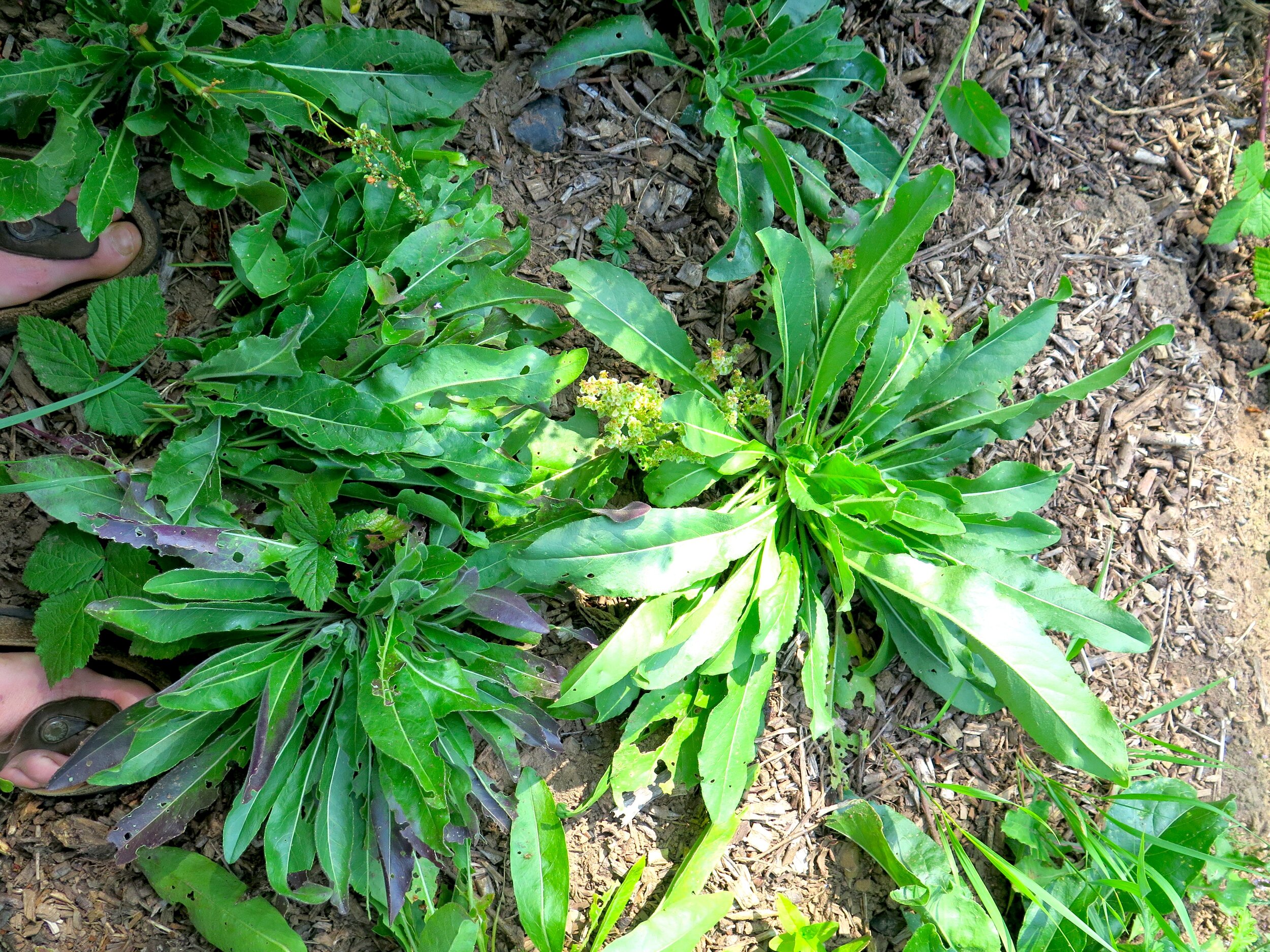Five Ways To Work With Woad
Woad coming in to flower
Woad (istasis tinctoria) is a biannual brassica. The leaves contain the precursors for indigo. In the summer of the first year, the leaves contain the most potential for indigo. In the early spring of the second year, the plants go to flower, these flowers transform to seeds that can be harvested in the summer of the second year.
Extracting indigo from woad
First year woad in summer
To obtain the indigo pigment, you can harvest the fresh leaves and extract the indigo through a process of soaking, oxidising, flocculating, and then rinsing the pigment. This pigment can be used to make an indigo dye vat for textiles and paper, or used to make indigo ink and paint.
You can create a pink dye from the left over woad leaves after using them to extract indigo pigment. Simply steep the used leaves in hot water. Remove the leaves the next day and add your fabric. Simmer for an hour and then soak over night for a soft pink colour.
Leaf pounding technique. The leaves are fantastic for leaf pounding. Lay the leaves on your fabric and then fold the fabric back over the leaves. Use a hammer to pound the leaves in to the fabric for a vibrant turquoise colour.
Salt extraction. A quick way to dye fibres with woad is to use salt. Harvest the first year woad leaves in the summer. Add a spoonful of salt and macerate the leaves. The salt will draw out the moisture and the indigo from the leaves creating a green liquid. Soak your fabrics in this liquid over night for a beautiful soft blue colour.
Woad seed lake pigment. You can create a lake pigment from ripe woad seeds using soda ash and alum. This can be used to make a blue paint. I cover this technique in the course in Botanical Ink & Paint Making I run.
There are so many different ways to work with woad! What is your favourite process with woad?
Making lake pigments. The blue pigment is from woad seed.
Drawing with indigo pigment
Extracted indigo
Drawing with woad seed pigment and coreopsis ink







